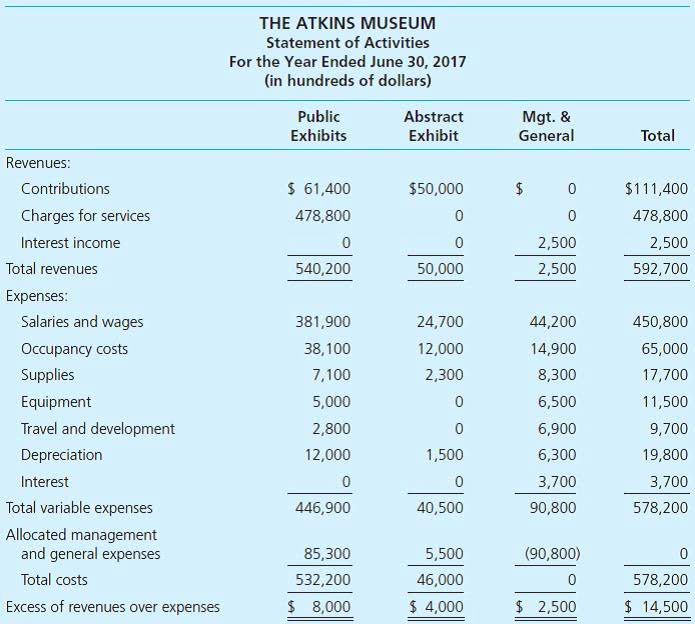
That’s because independent contractor taxes are not automatically withheld like they are for salaried workers. Schedule SE (Form 1040) is used to report your self-employment taxes to the IRS. This form includes net sales sections for calculating your net earnings and your self-employment tax liability. It also includes a section for deducting the ’employer’ portion of the self-employment taxes.
Net church employee income

Meanwhile, self-employed individuals have to pay the full 15.3%. Note that an Additional Medicare Tax of 0.9% applies to household income over certain thresholds. You’ll pay this additional tax if you earn over $200,000 as a single filer, $250,000 for married filing jointly, or $125,000 for married filing separately. This additional tax is not part of your self-employment taxes—you’ll calculate and pay this with your income tax return.
- The Internal Revenue Service has detailed instructions on how to calculate Self Employment Tax.
- Estimated taxes are due on a quarterly basis (April 15th, June 15th, September 15th, and January 15th).
- While there are some very real benefits to being a freelancer, contractor or business owner, it’s important to know that your taxes are more complicated than they are for salaried workers.
- It’s important to note that if your expenses are greater than your income, you may have a net loss.
How to Calculate Self-Employment Taxes
This means that if you have a W-2 job, and you can bump up your salary a bit, this could mean that less of your self-employment earnings are subject to the Social Security tax. Now, the important thing is that the salary you pay yourself out of your S corporation is “reasonable” for the services that you, as an employee of your own S corporation, perform. However, even if you do not receive a 1099-MISC for money you were paid, you are still obligated to report the income you earned on your return as self-employment income. Company X’s books will show $10,000 of salary expense, and $765 of payroll tax expense for FICA.

Can I reduce my tax liability as a self-employed taxpayer?
- You’ll need to know your self-employment net earnings, also known as net income, which is the total amount of money you make from self-employed work minus your business expenses.
- This step is a bit trickier than Step 2 because as we mentioned, there is a statutory limit on the total amount of earnings subject to the Social Security tax.
- If you perform work for someone who is not your employer, you are considered to be an independent contractor, and any money you receive in this capacity in considered self-employment income.
- Your taxable income determines how much the state and federal government tax you.
- When you are self-employed, you are responsible for paying both SECA and income taxes on your own.
- Your self-employment tax base is then 92.35% of your net earnings from self-employment.
If you earn income that is not subject to payroll withholding, you likely need to pay self-employment tax. Business News Daily provides resources, advice and product reviews to drive business growth. Our mission is to equip business owners with the knowledge and confidence to make informed decisions.
- If the amount is less than $100, no self-employment taxes are owed on this income.
- You do not have to pay Social Security tax on your self-employed earnings above $168,600.
- It’s important to complete the form accurately and submit it with your federal income tax return.
- Travel expenses – You can write off the price of airfares to conferences and meetings for business purposes.
- The next most important thing that you should understand is how to file the return if you are a self-contractor.

Self-employed taxpayers can receive Social Security if they have worked and paid Social Security taxes for a certain length of time. How long depends on your age and will not exceed 10 years (40 credits). You can earn 1 credit for earnings of $1,730 up to 4 credits per year. You will still need to pay your federal and state taxes when you file your annual tax return. If your gross business income is $120,000 and your business expenses are $18,000 then your net income is $102,000. An S corporation is a favorite among many small business owners because with an S corporation, only a portion of your earnings — the portion that you designate as wages — is subject to FICA tax.
Filing Schedule SE (Form

To calculate your self-employment taxes, you first need to determine 92.35% of your net earnings. The result is your self-employment tax liability for the year. Self-employment taxes are taxes that self-employed individuals pay to the federal https://www.bookstime.com/ government in the United States.
Incorporation Service
See, when employers pay half of their employees’ FICA tax, they get to deduct that amount as payroll tax expense. If you perform work for someone who is not your employer, you are considered to be an independent contractor, and any money you receive in to calculate the taxpayers net earnings from self-employment, 92.35% is multiplied by: this capacity in considered self-employment income. If you have a W-2 job working for someone else, you’ll likely see on your paycheck deductions for various taxes. You must determine your self-employment taxes separately if you file a joint return with another self-employed individual. So, it is a best practice to consult a professional tax preparer to ensure you file your taxes correctly.
